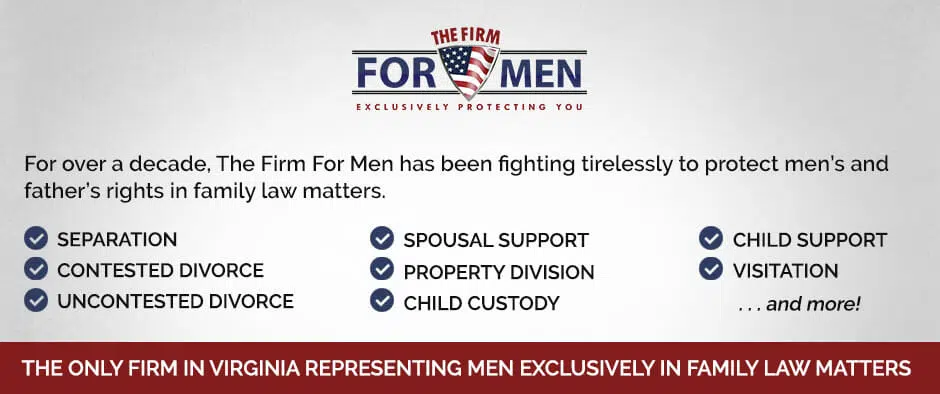The Benevolent and Protective Order of Elks has a lodge in Virginia Beach, BPOE #2268, that tells you right up front, it “ain’t your Daddy’s lodge.” The Benevolent and Protective Order is a great support group, but not for the kind of protective order you may need if your angry ex-wife is threatening you with bodily harm. Virginia has three different protective orders to safeguard a Virginian feeling threatened by an identifiable person. Getting a protective order involves (as with any government exercise) filling out some paperwork.
Types of Protective Orders in Virginia
Virginia’s protective orders are issued by the courts, so they are legal documents. They are still paper, though. In 1999 the talented and sometimes controversial Dixie Chicks released a hit, Goodbye Earl, which has these lyrics:
Well she finally got the nerve to file for divorce
And she let the law take it from there
But Earl walked right through that restraining order
And put her in intensive care
Possibly because of the song, some people feel the protective orders have little value. That is a flawed assumption. Violating a protective order invites arrest. Virginia’s three protective orders (not including the BPOE):
- Emergency Protective Order — This type expires at the end of the third day following issuance or the next day court is in session, whichever is later
- Preliminary Protective Order — This one lasts 15 days or until a full hearing
- Protective Order — This Order may last up to 2 years
They are issued by a court to protect a person alleged to be a victim of any act involving violence, force, or threat that results in bodily injury. They can also be issued to protect a Virginian put in fear of death, sexual assault or bodily injury. Someone threatened you; that specific someone is prohibited from getting near you.
The Protective Order Process
In adherence to §19.2-152.10 of the Code of Virginia, you as the petitioner file paperwork asking the court to grant a protective order against a respondent. The Order pointedly tells the respondent to avoid:
- Acts of violence, force, or threat or criminal offenses that may result in injury to you (or your children) or property
- Contact with you (the petitioner) or family or household members of yours for the health and safety of all of you
In addition, the Virginia court can order the respondent to avoid contact “as the court deems necessary” for the health or safety of you and your children, and to give back to you any companion animal you may own. This last legal power is meant to prevent your ex-wife from holding your pet as ransom to compel you to meet her.
If you are in the process of divorcing your wife, but you are still married, you go to the Juvenile and Domestic Relations District Court that has jurisdiction for your physical address. If you have already divorced her, you file at the general district court. At the respective courts, you file paperwork with the Court Services Unit or court clerk’s office.
You may have to wait a while until a judge can see you in the courtroom to ask questions related to your filing. To expedite the process, be sure to bring these particulars with you:
- The name, address (not a post office box; a physical address), work address, telephone number and identifying information of the person (a photograph) of your ex-wife or whomever you are seeking to be protected against
- A full description of the event that led you to seek a protective order
- If an Emergency Protective Order was already filed, bring it
- If a warrant or petition against the respondent was already filed, bring it
- Expect to spend at least two hours filing the paperwork and being seen by the judge.
Serving the Protective Order & Respondent’s Response
The protective order does not take effect until the respondent has been served with the court papers. This means a law enforcement officer or court official physically hands the Protective Order over to the respondent. Since your safety, and the safety of your children, are at stake, do not be afraid to call the appropriate law enforcement agency repeatedly until you know the order has been served.
If your ex-wife shows up at your home, call law enforcement. Inform the officers you have a Protective Order against your ex-wife and they can arrest her for violating it. If the order has a “no contact” provision and she attempts to e-mail, text, telephone or Facetime you, she can also be arrested.
Providing Evidence of Abuse, Threat, or Violence
The court does not simply take your word that your ex-wife (or whomever you identify) is a risk to you or your children. You have to provide evidence of the abuse, threat or violence she inflicted. She can appear in court after a Preliminary Protective Order is filed against her, to plead her side of the case, or she can choose not to show up. If you opt against a full hearing, all you win is the Preliminary Protective Order, which does not last more than 15 days.
Your best strategy for dealing with an abusive spouse or ex-wife (or for protecting yourself against false claims of domestic abuse) is to enlist the aid of a qualified, experienced attorney. Filing the paperwork can be tricky; even knowing the correct court in which to file can be confusing.
If you need any one of Virginia’s three types of protective orders, please contact us at The Firm for Men, 757-383-9184, or by connecting online. We can help guide you through the process and assist with developing a safety plan, recovering a companion animal, and keeping your ex-wife at a healthy distance.


